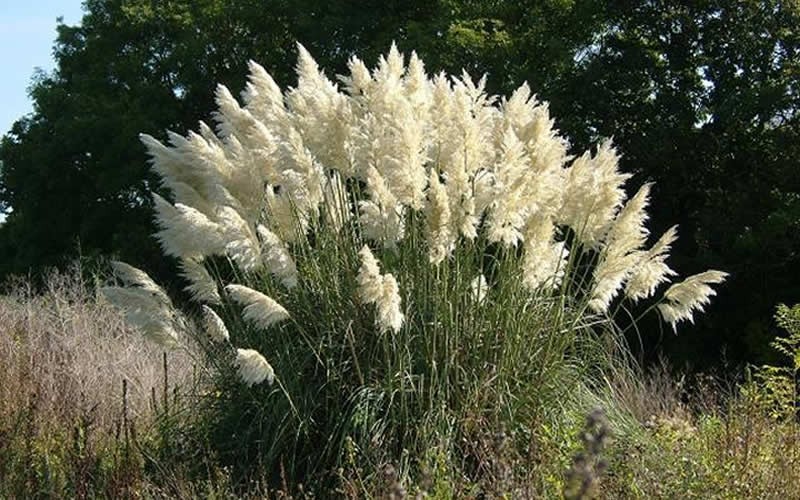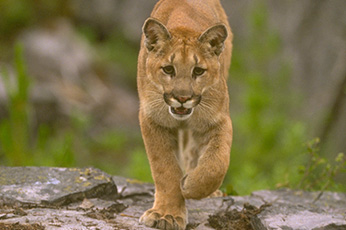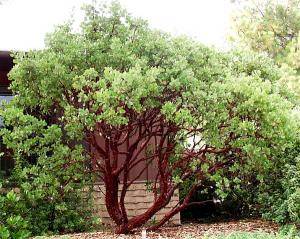TABLE OF CONTENTS:
http://www.yourdictionary.com/table-of-contents
http://images.slideplayer.com/15/4595851/slides/slide_4.jpg
PHOTOGRAPH:
http://image.slidesharecdn.com/nonfictiontextfeatures-130918213538-phpapp02/95/nonfiction-text-features-10-638.jpg?cb=1379540236
MAP:
http://www.scholastic.com/teachers/sites/default/files/images/blogs/82/6a00e54faaf86b8833014e5fa2b7a2970c
ITALIC PRINT:
http://broz11.wikis.birmingham.k12.mi.us/file/view/italics.jpg/307648382/italics.jpg
BOLD PRINT:
http://broz11.wikis.birmingham.k12.mi.us/file/view/text_features-1_Page_02.jpg/307643550/text_features-1_Page_02.jpg
INDEX:
http://images.slideplayer.com/15/4603445/slides/slide_4.jpg
ILLUSTRATION:
http://image.slidesharecdn.com/nonfictiontextfeatures-130918213538-phpapp02/95/nonfiction-text-features-11-638.jpg?cb=1379540236
HEADING:
http://www.scholastic.com/teachers/sites/default/files/posts/u133/images/text20feature20eric20heading1.jpg
GRAPH:
http://www.scholastic.com/teachers/sites/default/files/images/blogs/82/6a00e54faaf86b88330147e2fd8dfc970b-200wi
GLOSSARY:
http://image.slidesharecdn.com/nonfictionfeatures23ppt-120807101143-phpapp01/95/nonfiction-features-gr-13-12-728.jpg?cb=1344353116
DIAGRAMS:

https://blogger.googleusercontent.com/img/b/R29vZ2xl/AVvXsEiduPCLlIeE9wBCUSjtf9lxcI47YEzpLX4posBOXVPNr7G9W8i9VlC6-dyQhyxPH07l3xMUYlKGxyiGVftfoeWCNSuAEVfQxhhKB1qgUVrhdUk-rvRuWbDXwcE8YcJTXvxlVTf0rQ5ha3s/s1600/Capture2.PNG
CAPTION:

https://blogger.googleusercontent.com/img/b/R29vZ2xl/AVvXsEh_tTp2mKKK-XuARVCJkWOHyXIhl2KgGEJnqn3sb_BfCyo8gNfiLlUufsaADVJJACkpHgqZhS9-jZF5oSjp_OEXPmka56TM7xRZygEi8Hg5n396u4zMD8BVcztKtz68Tyk6V8LXHm5TvTs/s1600/Capture.PNG









